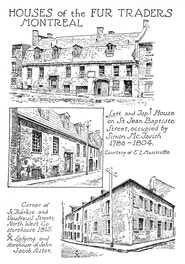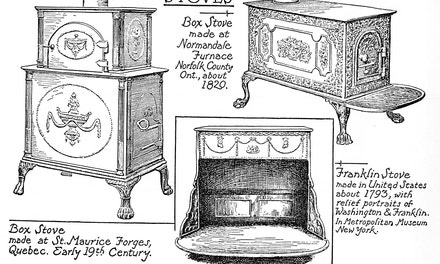Public Buildings Of The Maritime Provinces
Library and Archives Canada, Acc. No. 1972-26-288
Remarks
C.W. Jefferys' notes about this picture from The Picture Gallery of Canadian History Volume 2
The present Government House is the third building erected for that purpose in Halifax. Its story is told in two brochures published by the Archives of Nova Scotia: Government House, and The Romance of Government House, by J. S. Martell, under direction of the Archivist, Dr. D. C. Harvey. Its two predecessors had been situated on the property now occupied by the Legislative Building, or "Province House"; the first a temporary structure put up at the time of the settlement in 1749, the second during Lawrence's governorship, of which a view taken by Richard Short is herein shown. Both of these were wooden buildings.
In 1793 Governor Wentworth complained to the Legislature that the house was so badly decayed that it was "in Danger of falling into the Cellar." A considerable sum had recently been spent on repairs and further expenditures were made during the following years; but Wentworth continued his complaints and urged the building of a new Government House which would be worthy of the King's representative. Strongly supported by the Provincial Treasurer, Michael Wallace, he won over the Assembly to the project. A site in the southern suburbs was secured and in September, 1800, the corner stone was laid. Five years later Wentworth moved into the new Government House, unfinished though its rooms were.
Throughout the years of its construction protests were made by the Assembly that it was on a scale far beyond the circumstances of the province, then with a population of but little more than 60,000. By the time that Wentworth retired in 1808 the building had cost more than twice the sum originally authorized: later additions, repairs and furnishings raised the total expenditure to over £31,000.
Among the articles enumerated as having been purchased is a marble chimney piece carved with statuary and ornaments, for which the celebrated British sculptor, Richard Westmacott, in 1804, received the sum of £31-10. Other items contained in a report of 1811 are: For Levee Room: 7 Turkish Sophas, 12 cane bottom Chairs with cushions and covers, 3 Lustres to suspend from ceiling, Looking Glass, Fire Irons and Fenders. For Saloon: A Brussels Carpet, A Fire Rug to match, Fire Screens, Chimney Candlesticks, Mahogany Tables, Chandelier, Looking Glasses, A Steel Register Stove. For Dining Room: 24 Mahogany Chairs, Floor Cloth for Mahogany Sideboard, Curtains, Draperies, Set of Mahogany Dining Tables. Grates in 2 Waiting Rooms. 2 Lanthorns and 2 Footscrapers in Hall. Smoke Jack and Stone Plate in Kitchen. Brass Register Stove in Nursery.
Published References
- Jefferys, Charles W. (1945) The Picture Gallery of Canadian History Volume 2, p.114




Comments